#Research & Development
Fungal mycelium as the basis for sustainable products
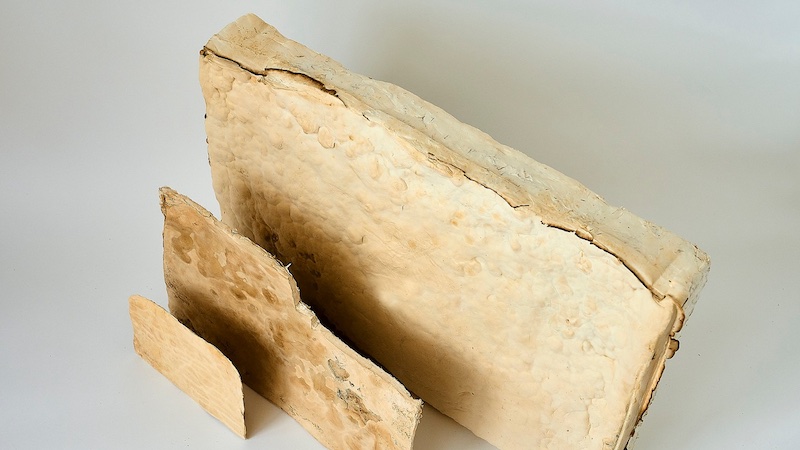
To most of us, fungi look like a curved cap and a stem. However, the largest part of the organism consists of a network of cell filaments called mycelium, which mainly spreads below ground and can reach significant proportions. This finely branched network has been underutilized until now. However, for researchers at the Fraunhofer Institute for Applied Polymer Research IAP in Potsdam, mycelium represents a pioneering raw material with the potential to replace petroleum-based products with natural, organic mycelium composites. Organic residues from regional agricultural and forestry activities are used as the substrate for the fungal cultures. In various projects, the researchers are using mycelium-based materials to produce insulation, packaging, and animal-free alternatives to leather products.
Mycelium-based materials from regional agricultural residues
“Faced with climate change and dwindling fossil raw materials, there is an urgent need for biodegradable materials that can be produced with lower energy consumption,” says Dr. Hannes Hinneburg, a biotechnologist at Fraunhofer IAP. Together with his team, he is using mycelium — for instance, from edible mushrooms or bracket fungi such as the oyster mushroom or tinder fungus — to transform locally available plant residues into sustainable materials. “The mycelium has properties that can be used to produce environmentally friendly, energy-efficient materials, since the growth of the fungi takes place under ambient conditions and CO2 remains stored in the residues. When cellulose and other organic residues decompose, a compact, three-dimensional network forms, enabling a self-sustaining structure to develop,” explains Hinneburg. This produces a material that is a complex compound with an organic substrate such as cereal residues, wood chips, hemp, reeds, rape or other agricultural residues. These substances are a source of nutrients for the fungus and are permeated entirely by a fine network of mycelia during the metabolic process. This produces a fully organic composite that can be made into the required shape and stabilized through thermal treatment. “First, you mix water together with agricultural residues such as straw, wood chips and sawdust to form a mass. Once the level of humidity and particle size have been determined, and the subsequent heat treatment to kill off competing germs has been completed, the substrate is ready. It provides food for the fungi and is mixed with the mycelium. Following a growth phase of around two to three weeks in the incubator, the mixture will produce, depending on the formulation and process used, a substance similar to leather or a composite that can be processed further,” says Hinneburg, summarizing the production process. No light is required for this process — a bonus as far as energy efficiency is concerned.
Versatile applications: strength and elasticity can be specifically configured
The fungal materials can be cultivated with a wide range of properties. Depending on the application, they can be hard-wearing, stretchable, tear-resistant, impermeable, elastic, soft and fluffy, or open-pored. The result is determined by the combination of the type of fungus and agricultural residues, plus variable parameters such as temperature and humidity. The duration of mycelial growth also influences the end product. The versatility of the material means it can take on a huge variety of forms, from thick blocks to wafer-thin layers, and be used in a multitude of scenarios. This makes it possible to use fungi-based materials for textile upholstery, packaging, furniture, bags or insulation boards for interiors. When used as a construction material, the fungus primarily functions as a biological adhesive since a wide range of organic particles are joined together via the mycelium.
“The many positive properties of the material, heat-insulating, electrically insulating, moisture-regulating and fire-resistant, enable an important step toward circular and climate-positive construction,” says Hinneburg, one of whose current projects involves developing a novel polystyrene alternative for thermal insulation. In another project, he is working alongside the Institute for Food and Environmental Research and Agro Saarmund e.G. to produce environmentally friendly, mycelium-based packaging trays from residues and raw materials sourced from local agricultural and forestry activities. In work he has done with designers, he has also developed the base material for animal-free alternatives to leather products such as bags and wallets. As the mycelium-based materials look similar to their leather counterparts, they can be used to complement leather items in certain areas.
Developing industrial processes
In Europe, only a few companies are currently developing mycelium-based materials for commercial use. The challenges in this area include access to biogenic residues, the ability to ensure consistent product quality and the means to scale up activities efficiently.
To address these challenges, the researchers are using a newly developed roll-to-roll method, for which they have already created a prototype. This method offers significant advantages over standard manufacturing processes involving boxes and shelving systems: By using a standardized, continuous production method under controlled process conditions (such as temperature and humidity), the researchers can ensure that the mycelium-based products have consistent material properties. What’s more, resources can be used more efficiently, and production can be scaled to an industrial level. “This is crucial in order to meet growing industry demand for sustainable materials and to become less dependent on petroleum in the long term. Production can also be improved further by using innovative technologies such as artificial intelligence to optimize the combination of residues and types of fungi,” says Hinneburg.



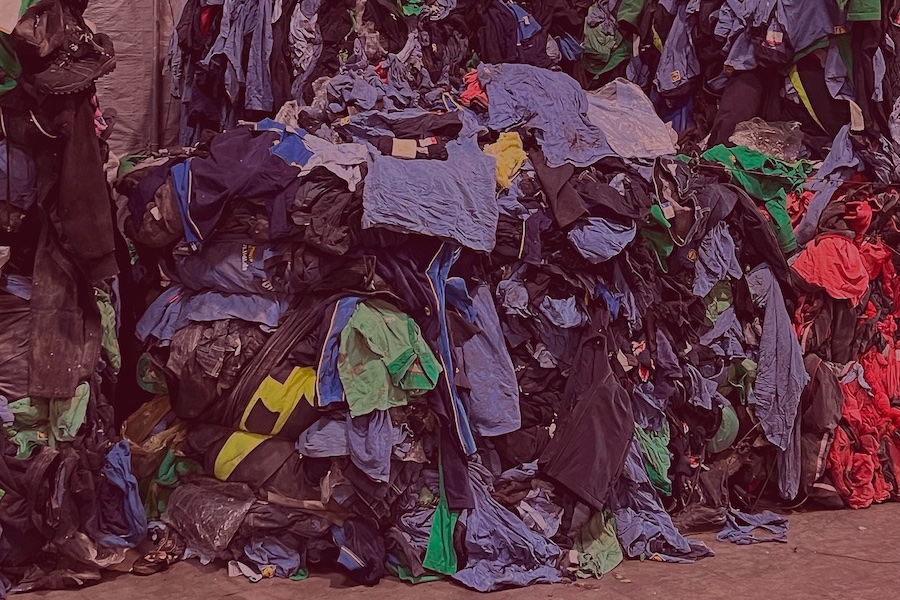
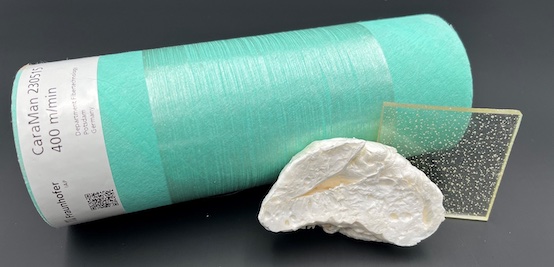
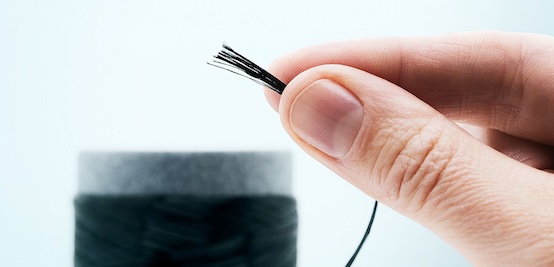
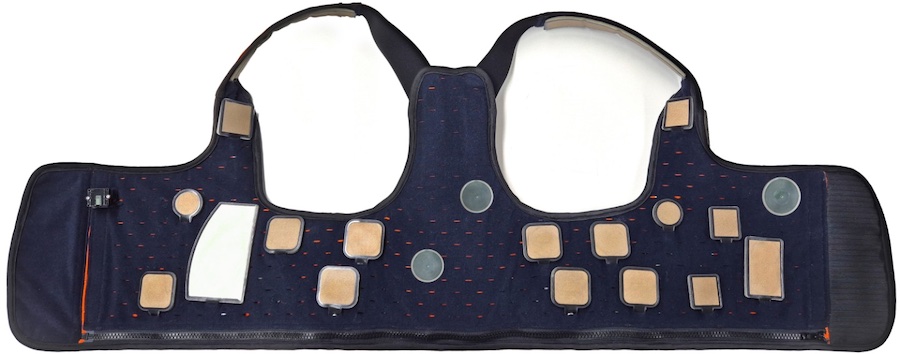
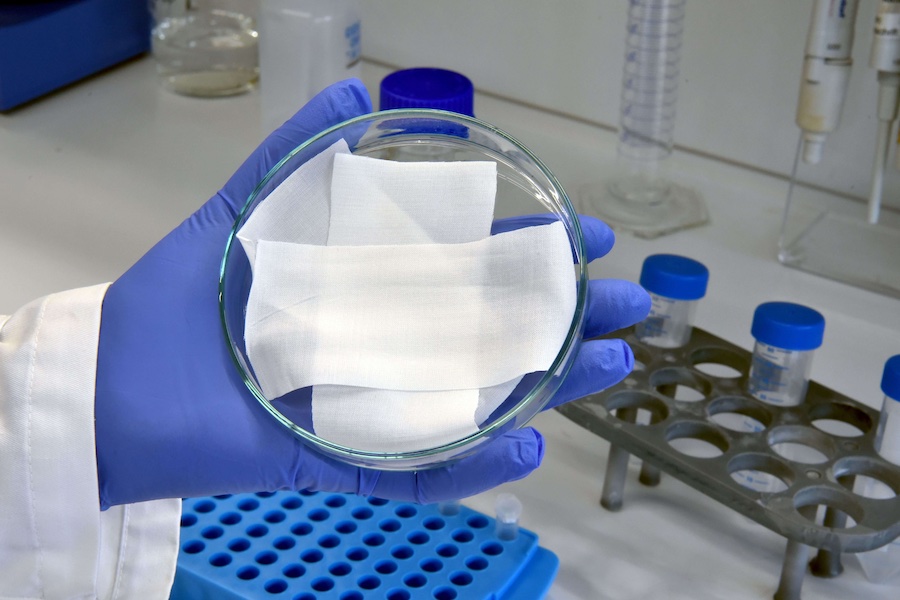

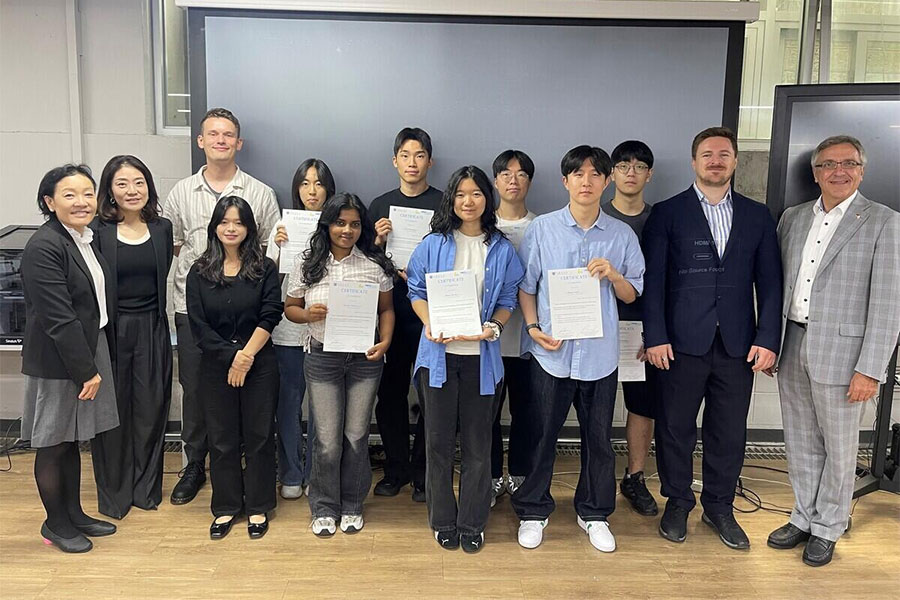
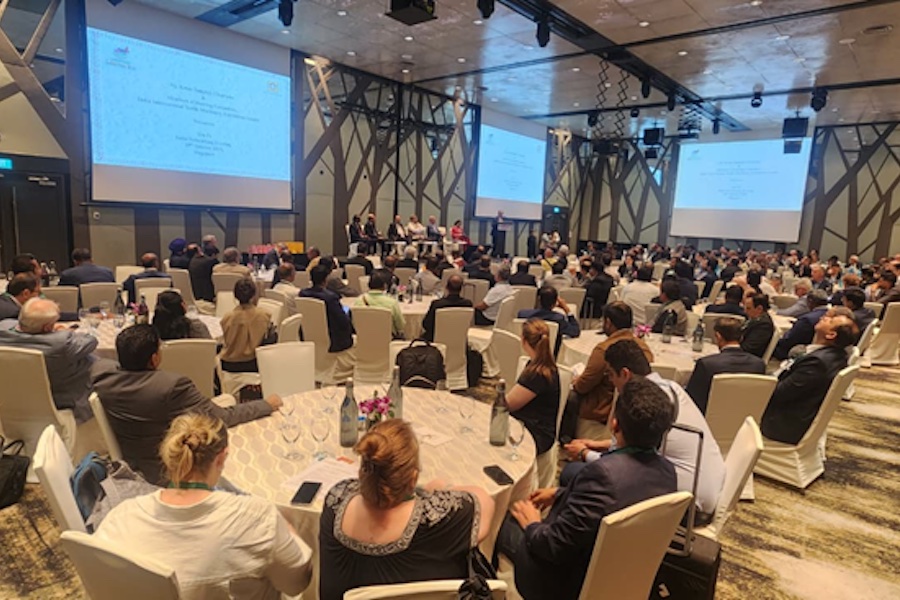
canva-900-1.jpg)



